I kept thinking: this isn’t real. I’m on Mars.
From the distance, they just look like normal ponds in the middle of a field, but upon walking closer, the water slowly starts turning from blue to purple to light pink and finally, leaning over the salt pond directly, you are rewarded with bright orange and pink hues…
In this post, I’m sharing all the details on the history of the San Francisco Bay Salt Ponds, where to find them and tips for viewing these beautiful California ponds (before they disappear!) Keep reading for more!
>> Got a question about the salt ponds that you need answered quickly? DM me on Instagram @thewhimsysoul and I’ll be happy to help!
You may have seen these salt ponds from outside a plane window as you take off or land at SFO, but other than that, these salt ponds are relatively unknown pieces of Bay Area history. In an effort for finding hidden gems near home, I set out on a salt pond hunting adventure.
This would be a fun, eductional socially-distance outting for kids!
We had a bit of trouble – turns out some of the ponds we found are only viewable during certain times of the year. But alas, we finally found these stunning salt ponds just in time for golden hour. I share the exact location of this pond plus others at the bottom of this post!
Below are what the salt ponds look like from far away vs up close. Notice how you can view the colors of the pond pretty much only when you get close to the water.
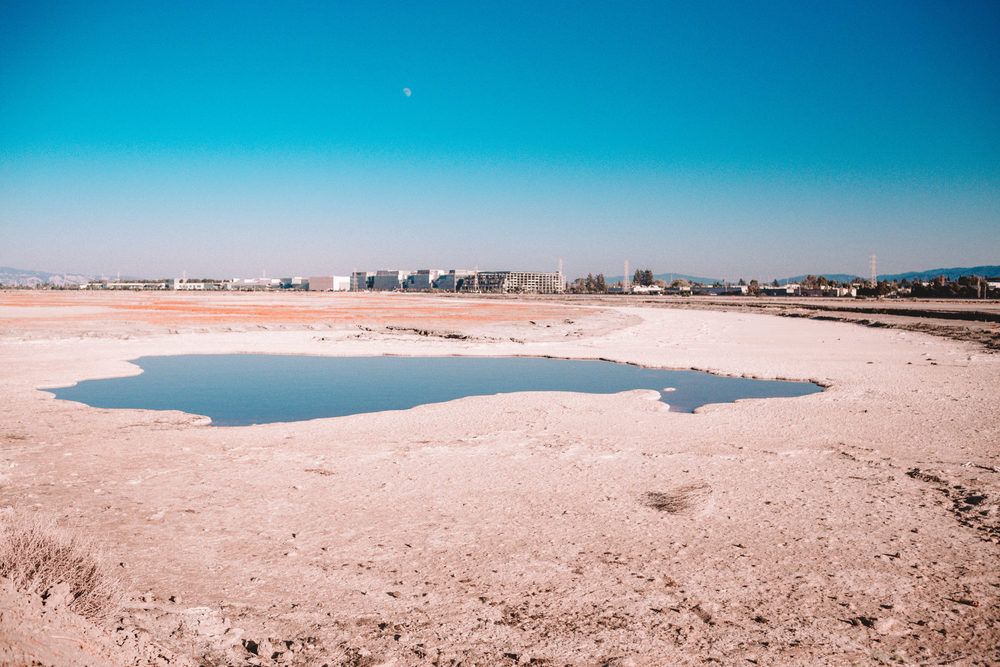
Where Do The Colors Come From?
This area of the United States is prime for natural sun and wind patterns to produce salt. Ocean water rolls in and gets stuck in pools. The sun evaporates the water and leaves behind salt. The colors of the salt ponds come from various microorganisms that live in the different salinity levels of ponds. That’s why some pools are more orange while others are more blue or purple.
Bay Area Salt Pond History
Salt making dates back to the Ohlone tribe, who lived in the San Francisco Bay down to Monterey Bay. They were mostly hunters, but were also known for clever gathering tactics like burning fields and forest to spark new growth. Like with all First Nations peoples, the Spanish colonizers arrived and quickly spread deadly disease while driving out the Ohlone people.
The Spanish also abused the land and decided to turn the wetlands into salt harvesting ponds. Fast forward to the Gold Rush, when there was a huge demand for salt to preserve food. Settlers started working the salt production fields again and salt making was at one point vital part of San Francisco’s industry and economy.
There were over 16,000 acres of salt ponds across the Peninsula, most of them owned by an international company called Cargill. They eventually sold to part of the lands the state in 2003. Since then, the state has been working to turn this land into parks and restore it back into wildlife wetlands (more on that below.)
About The Salt Pond Restoration Projects
The Bay Area has lost over 85% of its natural tidal wetlands over the years due to human development. Most of the salt ponds left today are managed by Don Edwards San Francisco Bay National Wildlife Refuge Complex, which are a collection of marshes, parks and dunes built for wildlife (and also human recreation.)
The South Bay Salt Pond Restoration Project was created with a mission to restore over 15,000 acres of salt evaporation ponds into wetlands and wildlife habitats. This restoration process is done by reintroducing bay water to the ponds and thus attracting wildlife.
This is a multi-million dollar, 30+ year process. But, if viewing the salt ponds is something you want to do, make sure to visit sooner rather than later, because one day these ponds will be just a memory of San Francisco’s industrial history.
Where To Find San Francisco Bay Salt Ponds
There are a few salt pond locations around the South Bay area. Here are the ones I know of:
Bedwell Bayfront Park in Menlo Park
These are the salt flats we visited in this post! This area was once a landfill but has been turned into a park with sweeping views of the bay on one side and salt ponds on the other. I think these are also sometimes called the Refuge’s Ravenswood ponds, if you come across that name.
To find the salt ponds, park in the lot near the restrooms. Walk up and over the hill towards Facebook and you’ll see the ponds! Make sure to check the signs in the parking lot to see what time they close the gates that day so you don’t get locked in.
Alviso Marina County Park in San Jose
This is another great spot to view colorful salt ponds, but only in the fall. Come around October when the tidal water evaporates enough to see these ponds. This is a nice little marsh park, with an elevated boardwalk and a cute yellow arched doorway for additional photos. This park has a strict sunset closing time so pay attention and make sure you leave or you will get ticketed.
Cargill Salt Ponds
Across Redwood City and Hayward are the Cargill Salt Ponds aka the land still privately owned by Cargill. They also own the Leslie Salt Ponds in Newark. These are still operational salt production ponds so they aren’t available for visitors BUT these are probably the ponds you can easily see from an aerial view out a plane window.
Be Respectful & Leave No Trash
While we left the salt ponds and Bedwell Bayfront Park, I picked up a whole trash bag of litter. The most annoying items? A shoe and face masks in the grass. Like, don’t you need those? As with any outdoor locations, please don’t leave your trash for mother nature to deal with. There’s trash bins next to the restrooms at the parking lots, drop your trash out there.
And of course, be respectful to the ponds and the trails. Don’t walk in the salt pond water (also, EW) and don’t be destructive. As you can see in the photos, this area has white harden salt falts and also elevated dirt areas. The dirt area has vegetation growth, so it’s best to stay off that area and stick to standing on the hard salt when you want a close-up view of the water.
Basically: don’t be a dick. And wear your mask.
What To Wear To A Salt Pond Photoshoot
We arrived around 6:30pm and left around 8:30 so we could capture the way the salt flats looked in a different light. Usually, I like to photograph during golden hour, when light is softer, but at salt ponds, you actually may want more direct light. This helps to bring out the contrast of the salt ground and colorful ponds better!
I recommend wearing a white dress if you are shooting in the soft golden hour so you pop against the colorful pools and reflections. If you are visiting in the daytime, though, the hard salt ground is going to be shining bright white. I’d wear a colorful dress or even a black dress so you pop better against the harsh daylight.
Don’t forget to pack along a trash bag so you can leave the park better than you found it. I love these compostable trash bags from Grove Collaborative.
Outfit Inspiration:
I hope this helps you have a fun day adventure hunting out salt ponds and enjoying these pieces of Bay Area history! Again, remember to wear a mask, be respectful to the land and of course, have fun!
If you have any tips to add, please leave a comment below so everyone can see. If you have questions, comment or DM me on Instagram @thewhimsysoul and I’ll try to help!

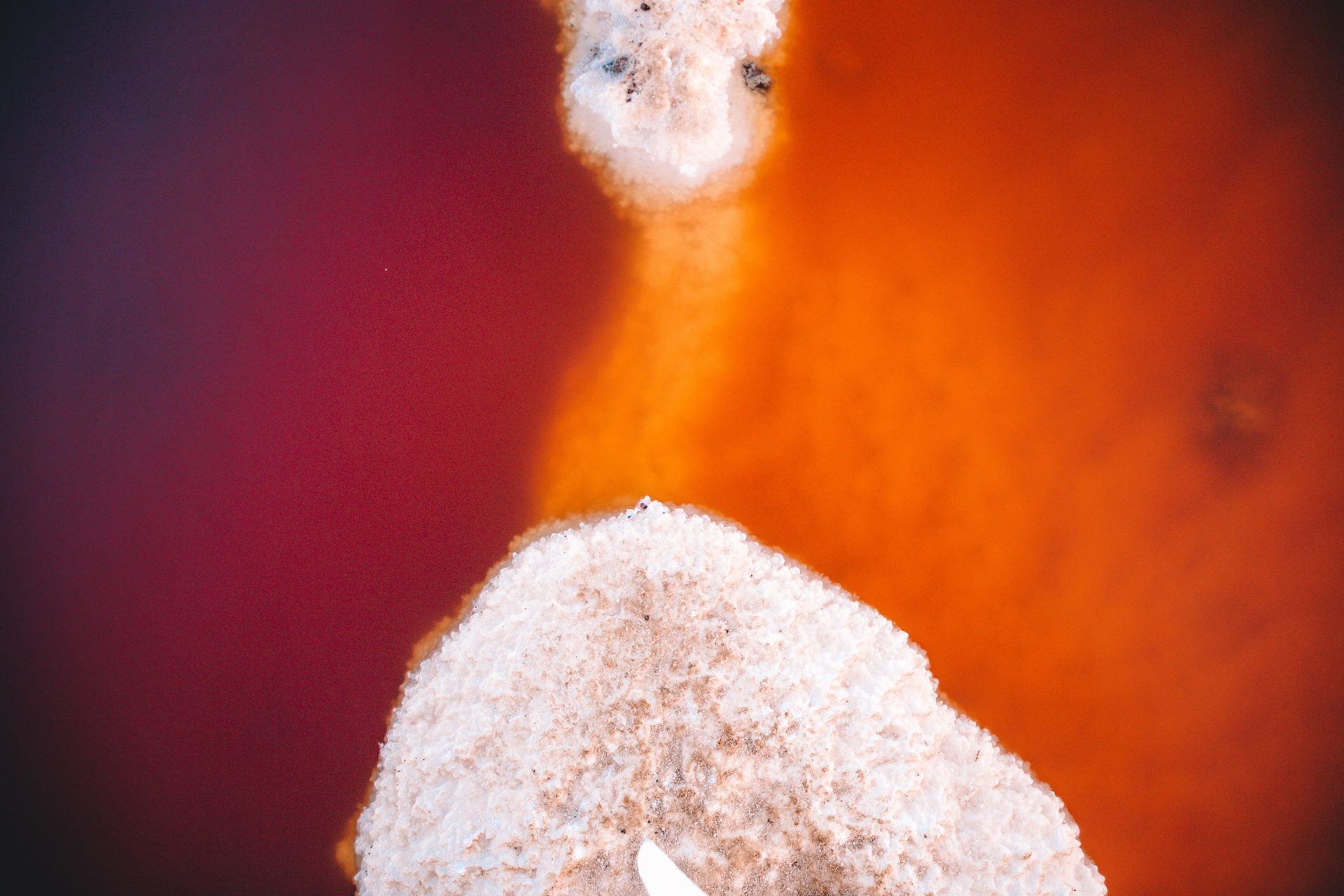
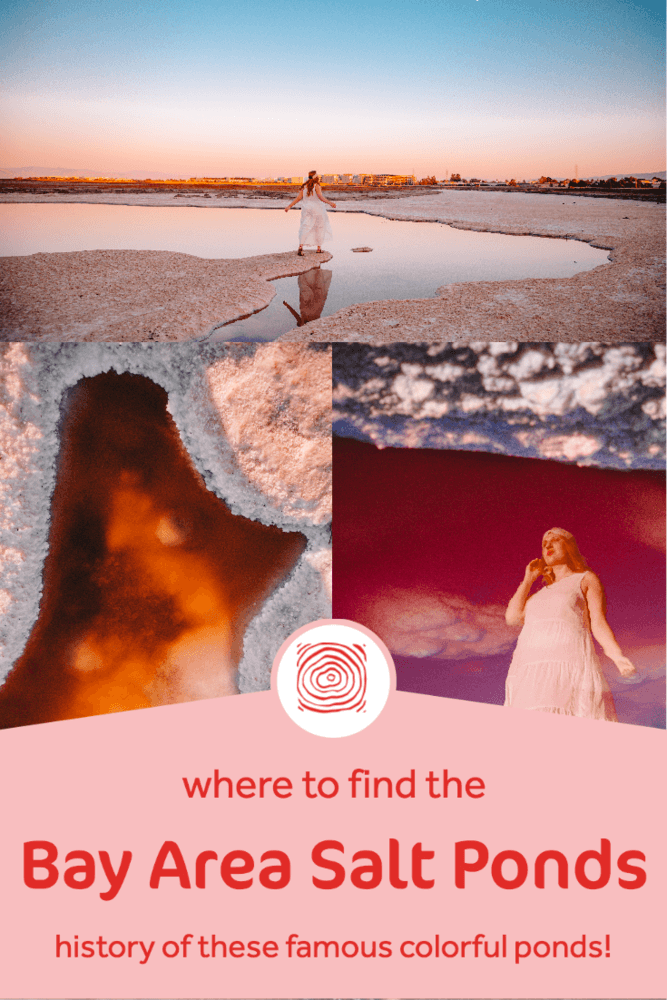
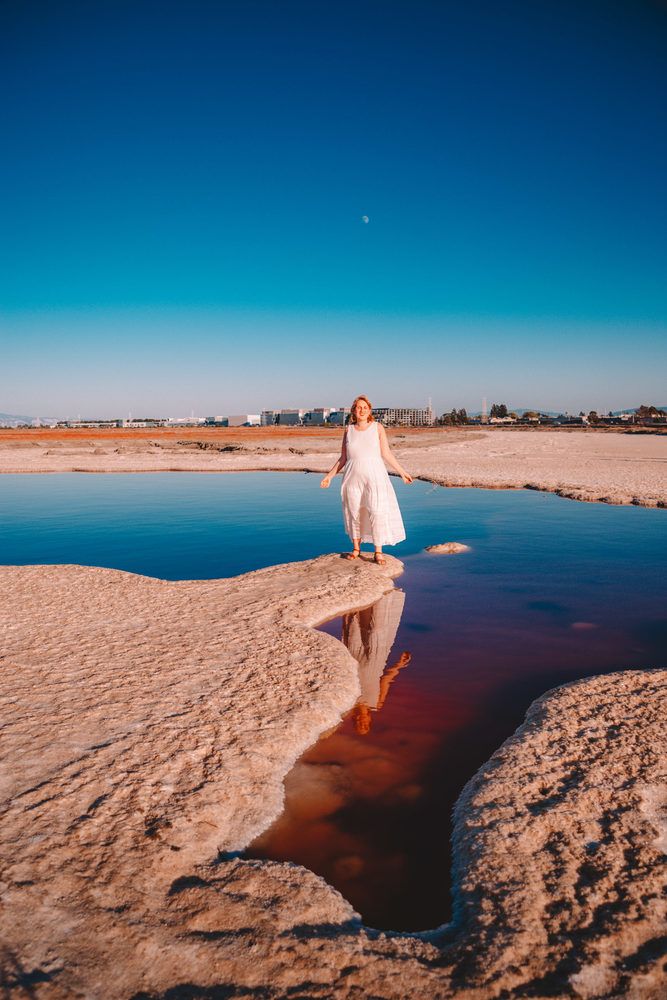
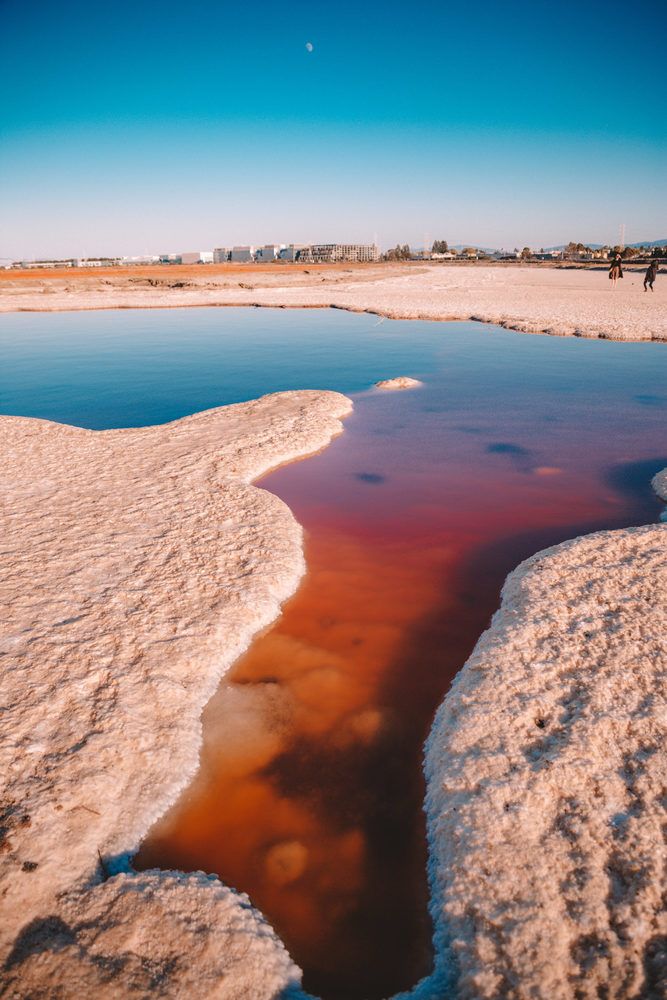
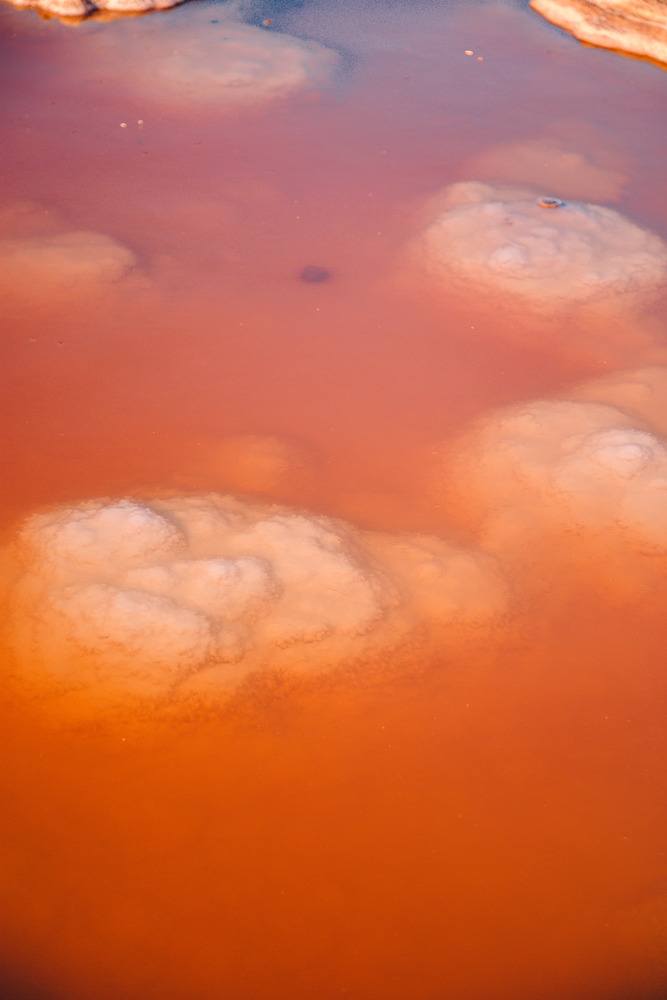
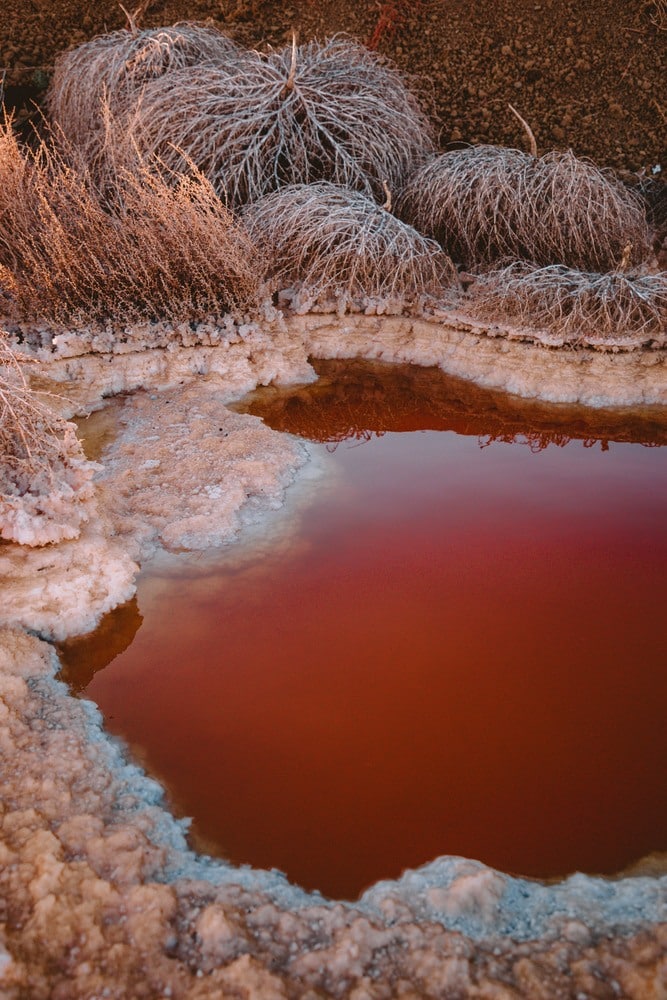
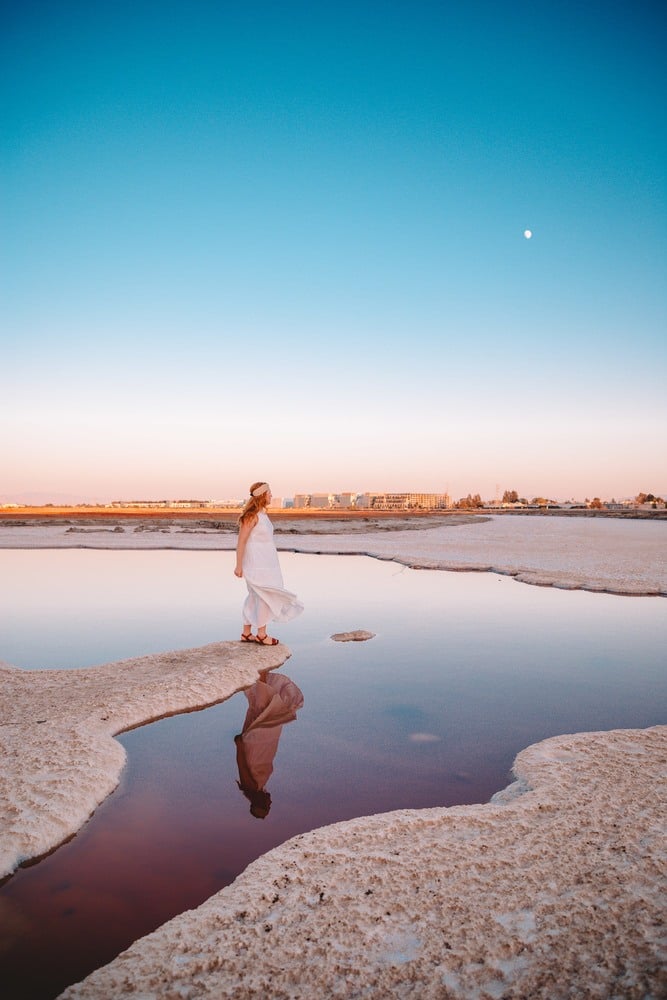
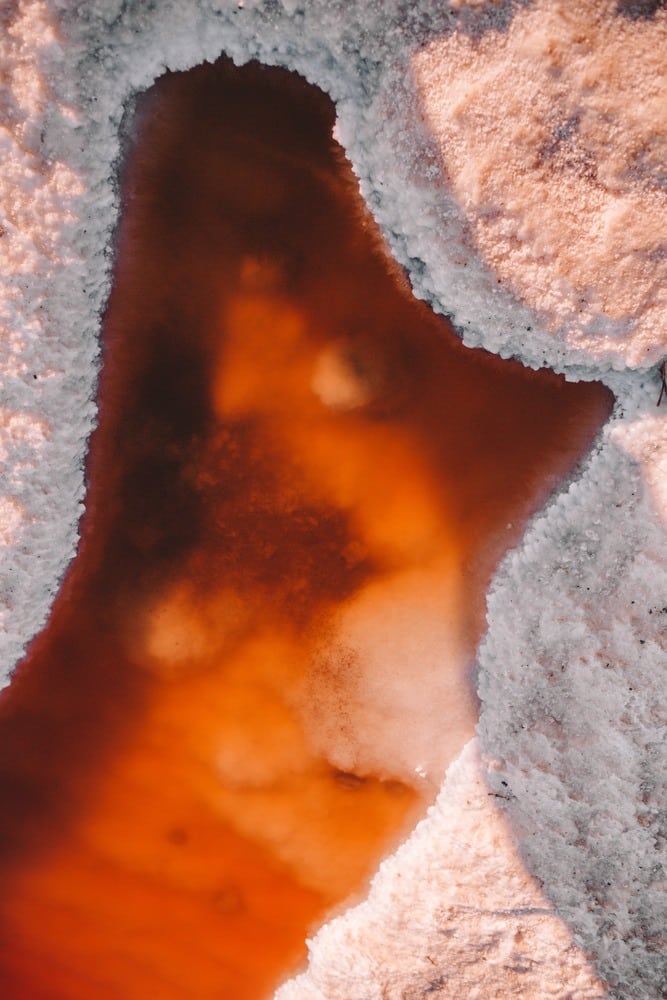
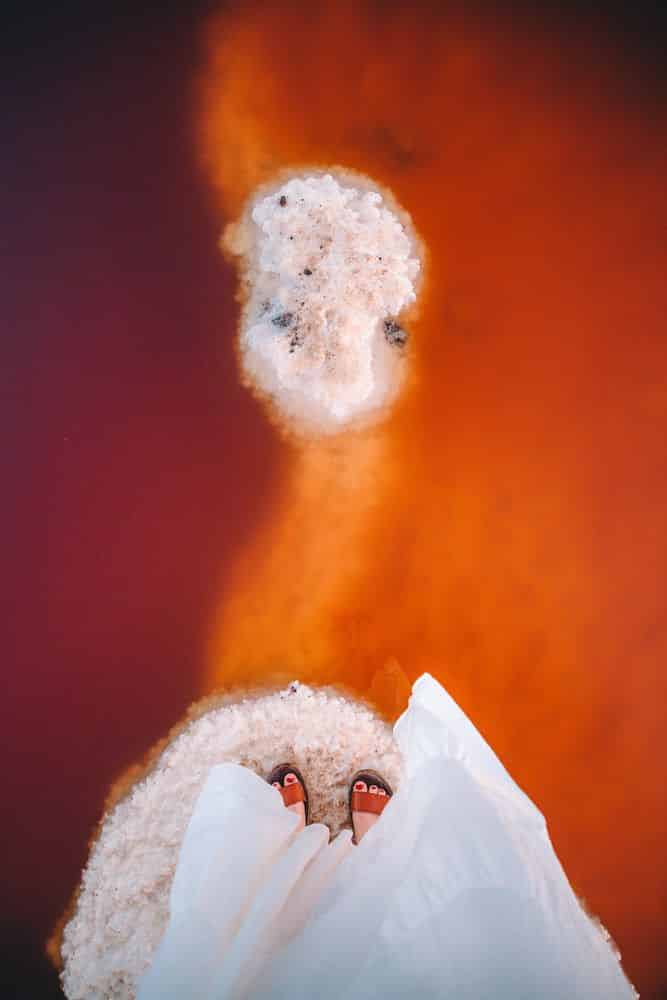
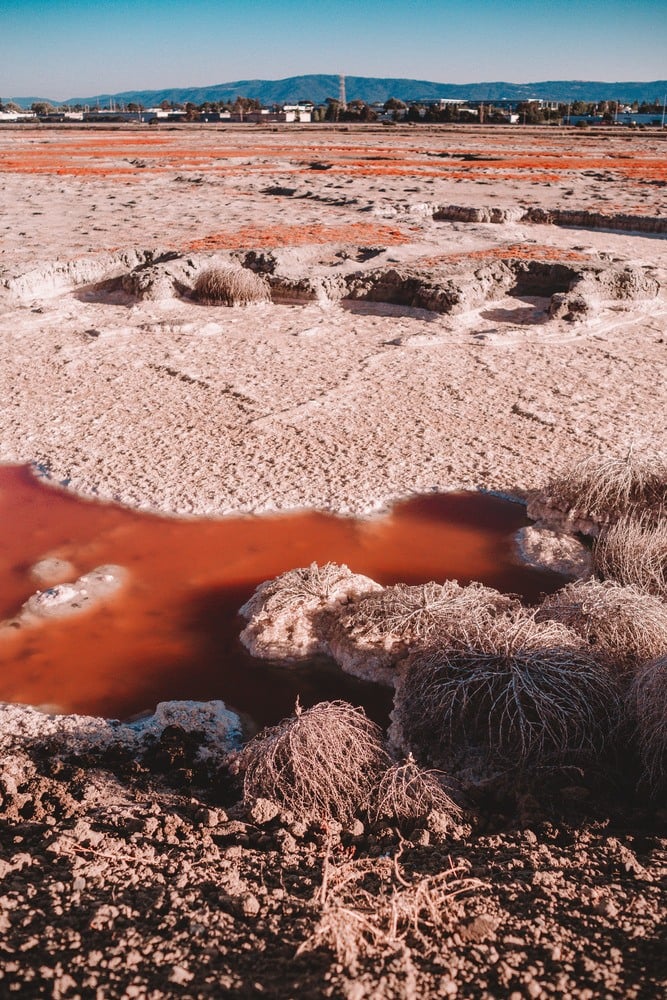
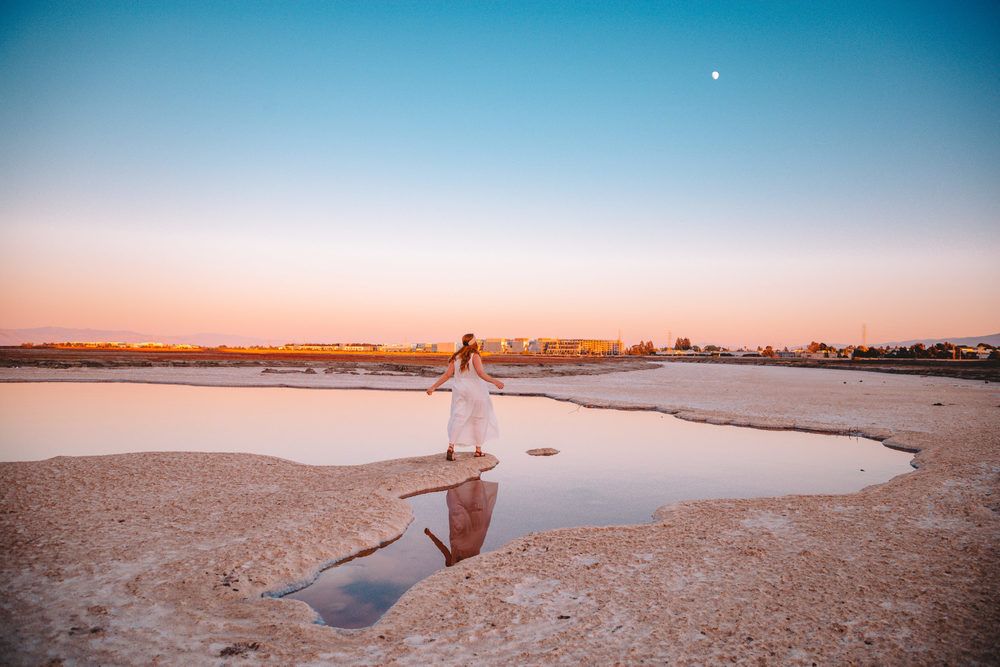
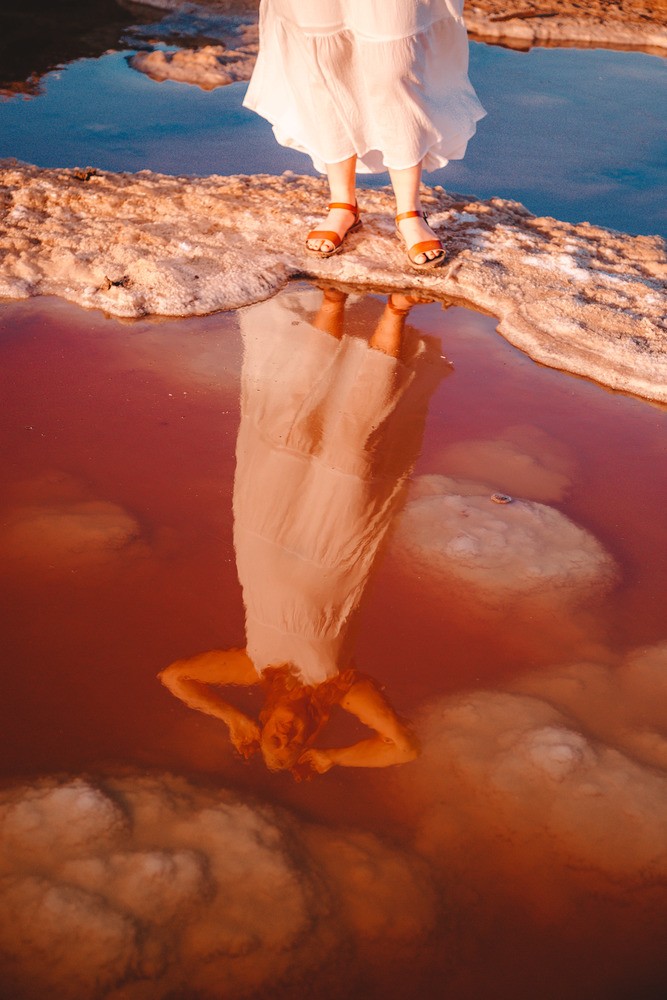
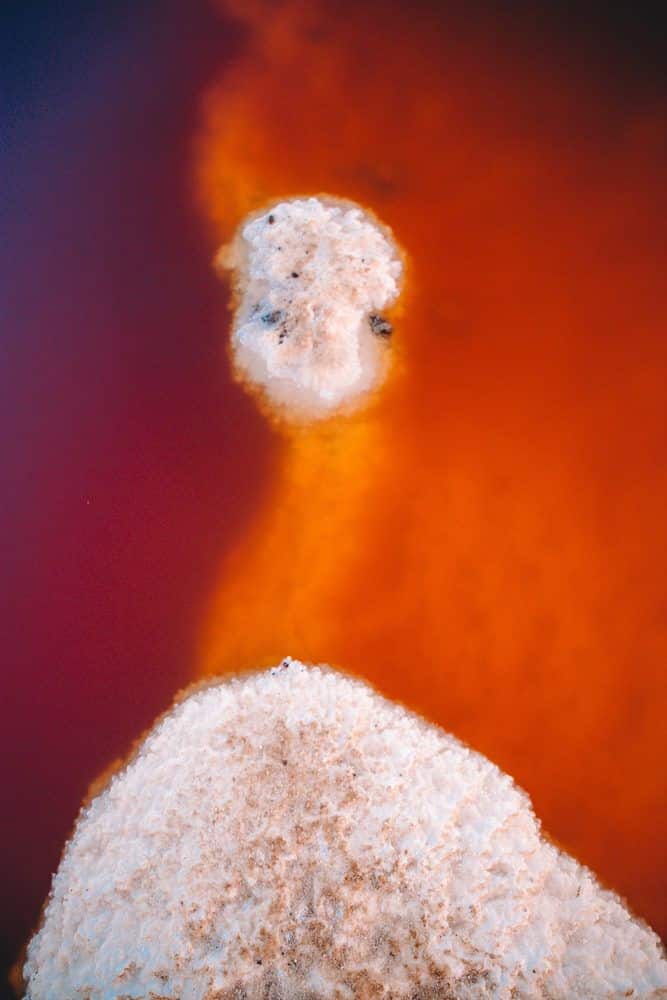
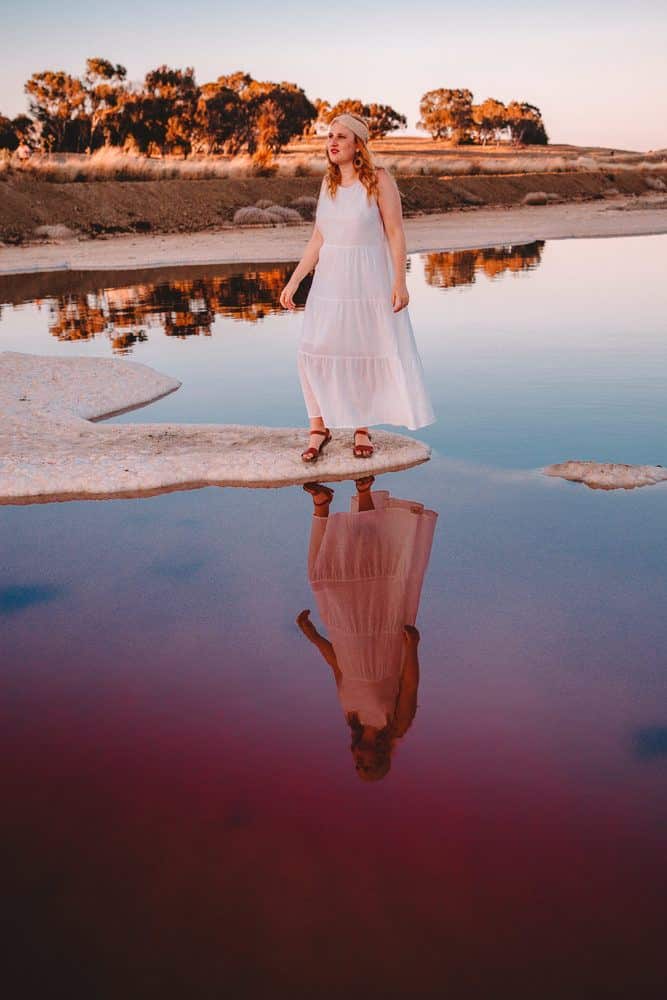
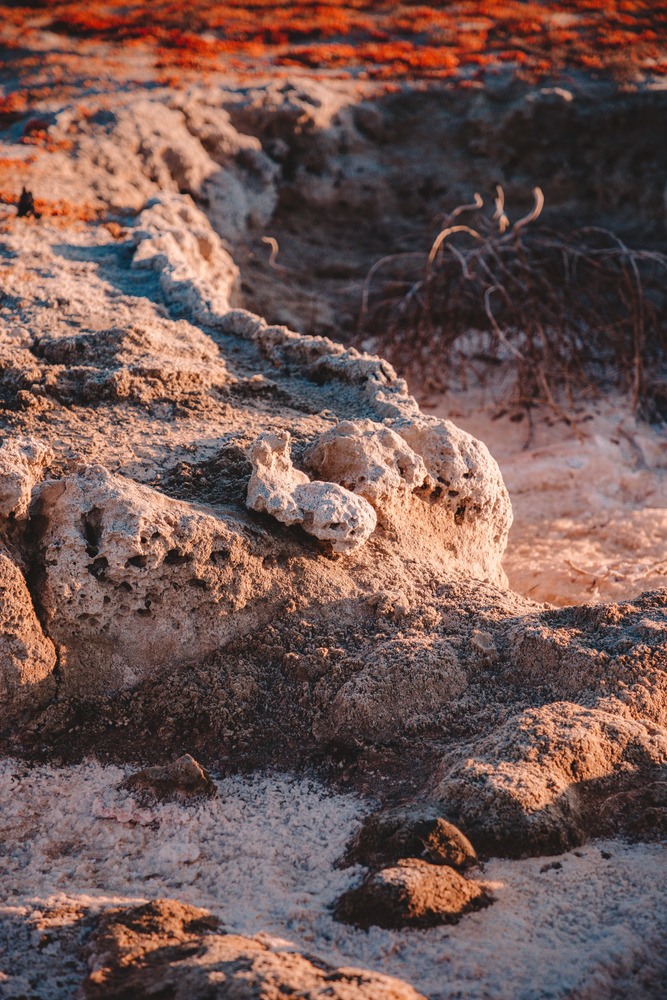

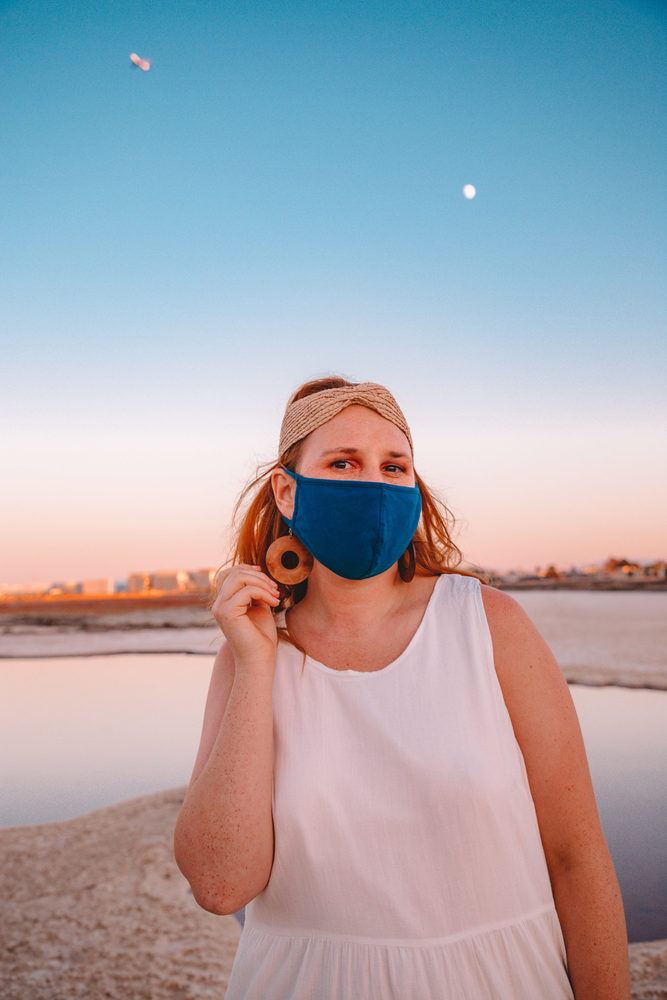
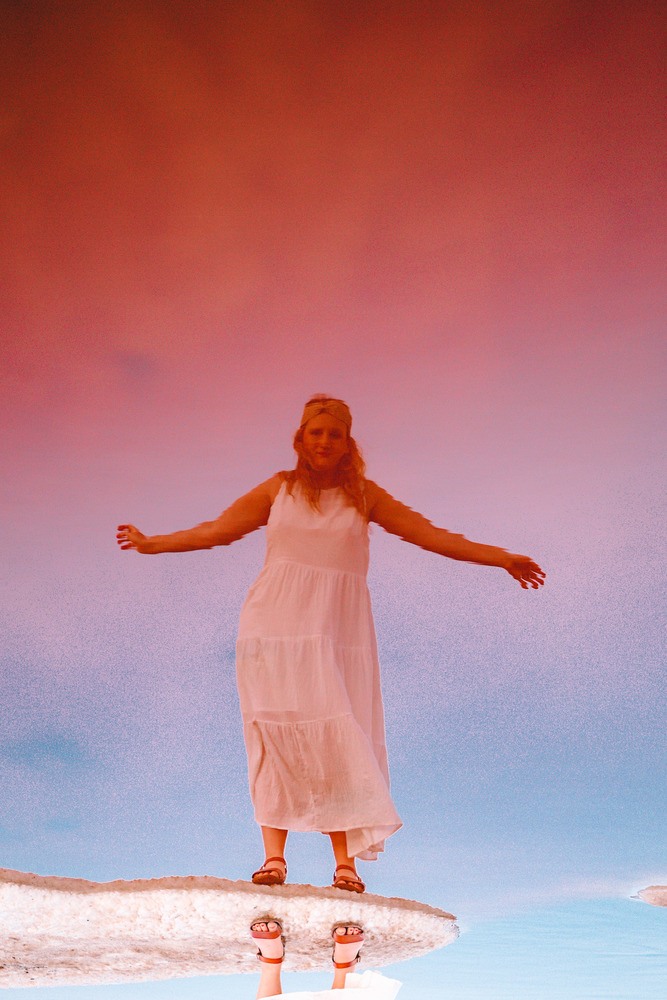

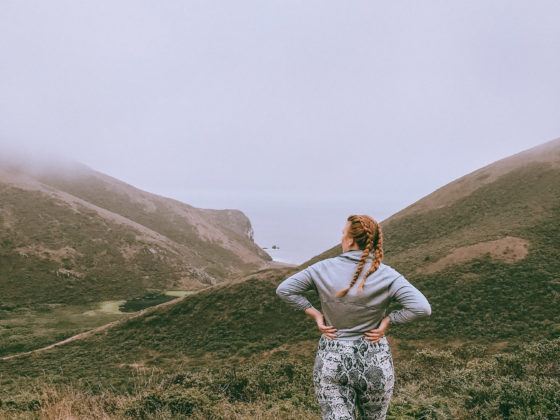
1 comment
Thank you. This is just the information I was looking for!